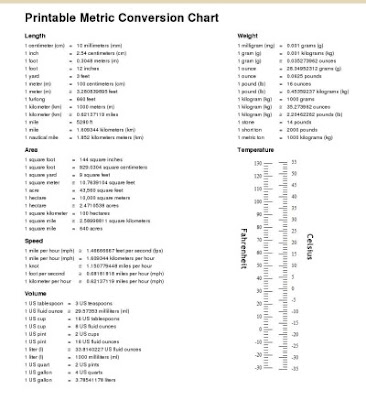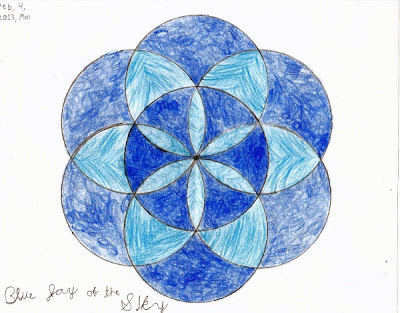The series of plus 1, minus 1, plus 1, minus 1
I greatly enjoyed watching the movie below, by Dr. James Grime, also known as the numberphile (thanks, hubby!).
He takes the infinite sum (series) of alternating ones and minus ones:
1 − 1 + 1 − 1 + 1 − 1 + 1 − 1 + 1 ...
Does this series have a SUM?
Curiously, if we place parenthesis into it this way:
(1 − 1) + (1 − 1) + (1 − 1) + (1 − 1) + ...
we clearly get ZERO as the sum.
BUT if we place parenthesis into it in a different way:
1 + (− 1 + 1) + (−1 + 1) + (−1 + 1) + (−1 + 1) + ...
we get ONE as the sum!
WHAT IS GOING ON?
James also shows TWO WAYS of obtaining the sum of 1/2 for this series (see the video and wikipedia page on Grandi's series).
CAN YOU KEEP YOUR HEAD ON STRAIGHT ANYMORE?
To get some SANITY into the situation, we need to look at what is true: what is the actual DEFINITION for a SUM of an infinite series?
That has to do with the partial sums. We need to look at the partial sums (that is, the sum of the first 2 terms, the sum of the first 3 terms, the sum of the first 4 terms, and so on).
IF those sums tend towards some certain number (a limit), THEN that is the SUM!
The partial sums for Grandi's series are:
S2 = 1 − 1 = 0
S3 = 1 − 1 + 1 = 1
S4 = 1 − 1 + 1 − 1 = 0
S5 = 1 − 1 + 1 − 1 + 1 = 1
S6 = 1 − 1 + 1 − 1 + 1 − 1 = 0
S7 = 1 − 1 + 1 − 1 + 1 − 1 + 1 = 1
...
As you can see, the partial sums never get anywhere... they form a sequence of alternating 0s and 1s.
That is PROOF that this series does not "converge", or have a definite sum. Instead, it simply diverges.
But, it FOOLS you for a while, doesn't it? It's only when we put the truth of mathematics ON it, that we can see... no, it's not a nice, convergent series with a sum.
It's kind of like, you look at it one way, and you get 0. You look at it another way, and you get 1. You look at it in a few other different ways and get 1/2. It's white, it's black, it's gray... can't tell what it is.
And the series itself "jumps all over the place" with its 1s and negative 1s, never making up its mind. It's like a PRETENDER! Pretending to be a TRUE convergent series... but it is not.
For a comparison, here's a TRUE convergent series (it has a well-defined sum):
(It is a simple geometric series)
Its partial sums are:
S1 = 1These tend to 2. So, the sum of this series is 2. A true series!
S2 = 1 + 1/2 = 1 1/2
S3 = 1 1/2 + 1/4 = 1 3/4
S4 = 1 3/4 + 1/8 = 1 7/8
S5 = 1 7/8 + 1/16 = 1 15/16
S6 = 1 15/16 + 1/32 = 1 31/32
S7 = 1 31/32 + 1/64 = 1 63/64
S8 = 1 63/64 + 1/128 = 1 127/128
...


Comments